Toxins can cause liver damage and off-flavor in fillets
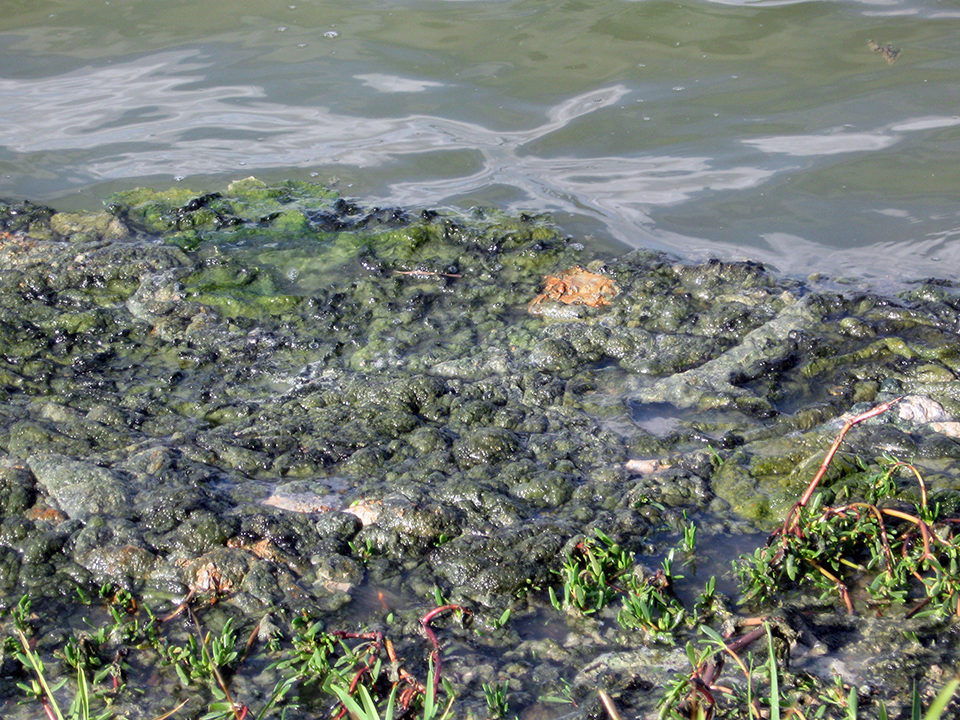
Widespread pollution of the oceans is a serious problem, and all indications are that dead zones – a direct result of excess nutrients promoting the growth of algae that in turn utilize all of the oxygen present in an area – are increasing in occurrence. As of 2011, more than 500 of these zones had been identified.
It is highly likely that many more areas are in decline due to pollution. The constant addition of nutrients from billions of tons of untreated human sewage, agricultural run-off and industrial waste are slowly strangling the ability of the oceans to cope. The intensification of aquaculture systems in Southeast Asia may also contribute.
Blue-green algae
Blue-green algae (cyanophytes or cyanobacteria) sit on the phylogenetic fence between being bacteria and algae, with an ongoing tug of war among taxonomists as to which group they belong. They are accurately characterized as photosynthetic bacteria.
Blue-green algae are widely viewed as indicators of pollution, and their presence in aquaculture production systems at high numbers is a sign that the systems are not being properly managed. When influent comes from areas that are in preliminary “dead zone” stages, heavy nutrient loads and undesirable algal species can be pumped into production areas.
Toxins
Perhaps the single greatest threat from these algae is the toxins they produce. Many toxins have been characterized, including neurotoxins, hepatotoxins, cytotoxins and dermatotoxins. Some are widely documented, such as the microcystins and nodularin that can cause liver damage, geosmin responsible for off-flavor, and beta-methylamino-L-alanine (BMAA), a potent toxin produced by many species that has been linked to several serious brain diseases, including amyotrophic lateral sclerosis (ALS) and Alzheimer’s.
While many strains are benign, many strains are not. They pose a serious threat to animal health and potentially to consumers if they are present in farmed product. No regulations require screening for some of the more potent toxins. It is highly probable that they are present to some extent in some animals.
A number of algae species have been implicated in fish kills and, to a lesser extent, shrimp die-offs. Bearing in mind that they are ubiquitous and that shrimp are routinely farmed in waters that contain blue-greens, it is likely their presence is impacting productivity. Animals that ingest these toxins may not die, but can be weakened, increasing their susceptibility to pathogens. The presence of algae can also impact growth rates and feed-conversion ratios.
Impacts on shrimp farming
Recent reports from Southeast Asia suggest a number of potential toxins at work in many different countries might be killing shrimp during the first days after stocking. The pathology is consistent with that of a hepatotoxin, and several studies have implicated a role of benthic materials in this process.
It is a common practice to kill incoming algae, zooplankton and other planktonic organisms by the use of chlorine. This is primarily done to lessen the risk of introducing viral vectors into the ponds. Many blue-greens release toxins upon death and settle to the bottom as they die off. Postlarval shrimp feeding on the benthos are exposed to these toxins. A number of the toxins are biodegraded by the action of natural bacteria in the ponds and typically no longer cause biological impacts. Some, however, persist and impact animals directly and indirectly.
It is critical for both short-term production and long-term culture success that the presence of these algae as well as their environmental loads are kept to a minimum. While low-level mortality and gradual attrition in the culture environment are likely results of the presence of these toxins, they pale against the potential risks to consumers of farmed products containing toxic material.
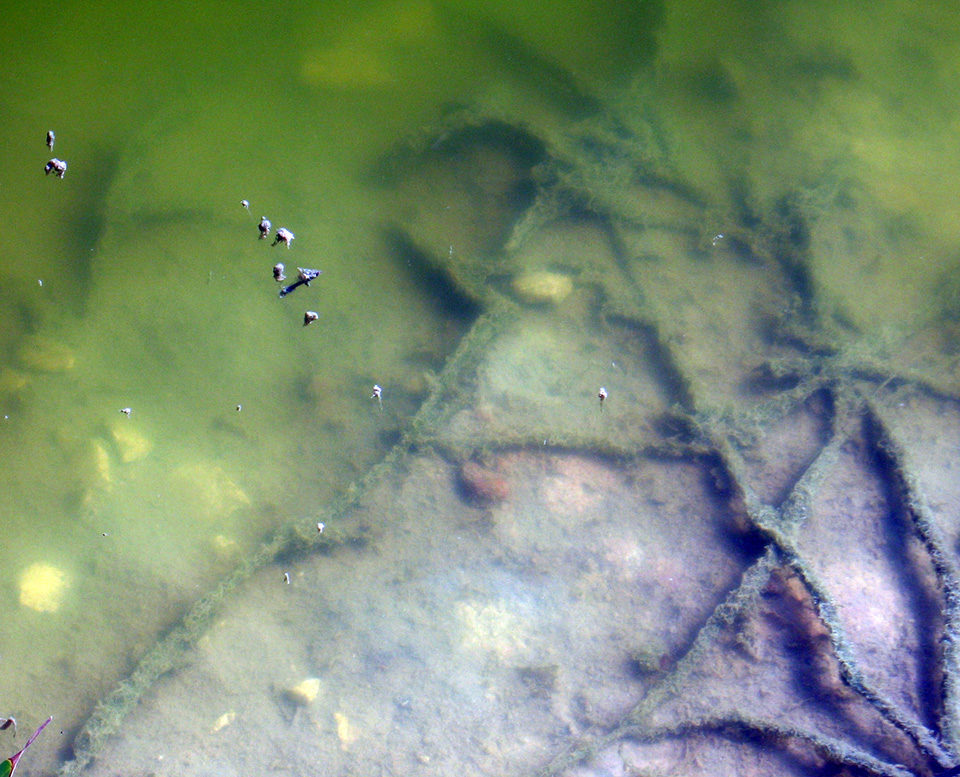
Management
There are a number of potential solutions to algae problems, and it is always in the best interests of farmers to minimize the presence of blue-green algae in their production systems. Killing them outright can be problematic, however. It makes much more sense to proactively manage their presence by managing production systems to ensure a proper balance of nutrients.
Discharging waste products from intensive culture systems is a poor practice. Best practices dictate that these wastes be collected and digested using the same technologies that are currently used to degrade sewage.
The risks due to algae are real and need to be proactively managed. Enzyme-linked immunosorbent assay-based tools allow suspect animal tissues to be tested for the presence of potentially harmful toxins. Many of these toxins are readily metabolized, although in some cases, their presence even at very low levels can stress animals and lead to both production and potential consumer problems.
(Editor’s Note: This article was originally published in the July/August 2012 print edition of the Global Aquaculture Advocate.)
Now that you've reached the end of the article ...
… please consider supporting GSA’s mission to advance responsible seafood practices through education, advocacy and third-party assurances. The Advocate aims to document the evolution of responsible seafood practices and share the expansive knowledge of our vast network of contributors.
By becoming a Global Seafood Alliance member, you’re ensuring that all of the pre-competitive work we do through member benefits, resources and events can continue. Individual membership costs just $50 a year.
Not a GSA member? Join us.
Author
-
Stephen G. Newman, Ph.D.
6722 162nd Place Southwest
Lynnwood, Washington 98037-2716 USA[109,111,99,46,104,99,101,116,45,110,105,45,97,117,113,97,64,109,119,101,110,103,115]
Tagged With
Related Posts
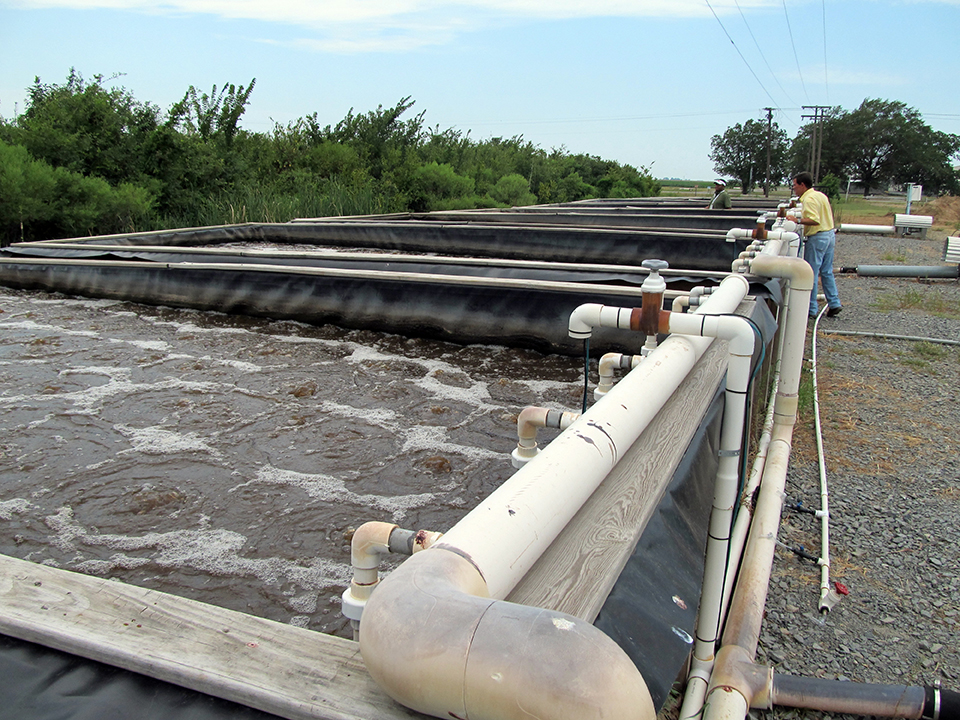
Health & Welfare
Biofloc technology reduces common off-flavors in channel catfish
In studies that used biofloc systems to culture channel catfish, culture tanks were susceptible to episodes of geosmin and 2-methylisoborneol and subsequent bioaccumulation of off-flavors in catfish flesh.
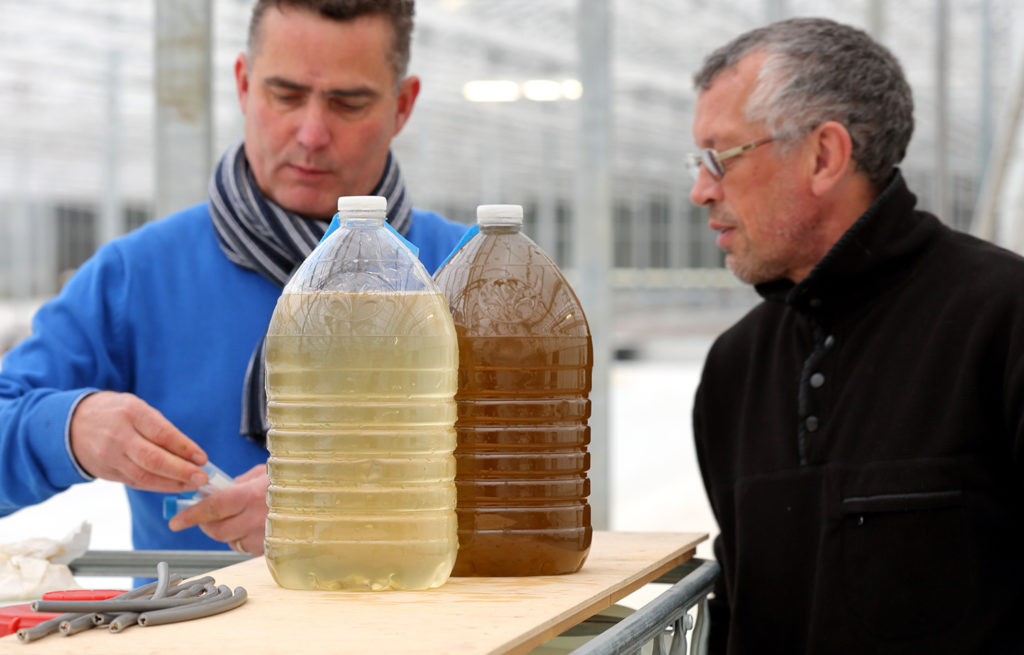
Innovation & Investment
Algae innovators aim to freeze out early-stage shrimp losses
A greenhouse in Belgium believes its innovative shrimp feed product, made from freeze-dried microalgae, packs the necessary nutrients for the crustacean’s most vulnerable life stage: the first three days of its life.
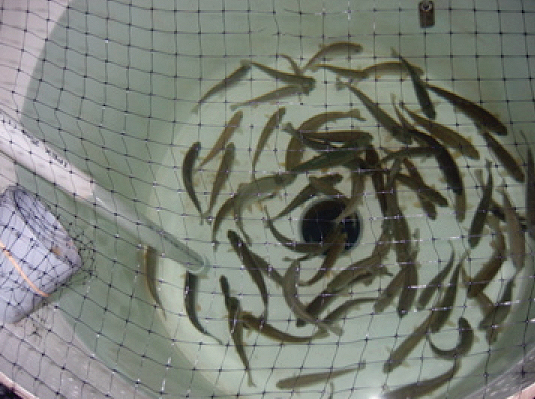
Health & Welfare
Algae shows promise as alternative DHA source in rainbow trout diets
A growth trial in Canada evaluated the use of algae biomass to increase the concentration of long-chain polyunsaturated fatty acids in the tissues of rainbow trout.

Health & Welfare
Ammonia toxicity degrades animal health, growth
Ammonia nitrogen occurs in aquaculture systems as a waste product of protein metabolism by aquatic animals and degradation of organic matter, or in nitrogen fertilizers. Exposure can reduce growth and increase susceptibility to diseases in aquatic species.



